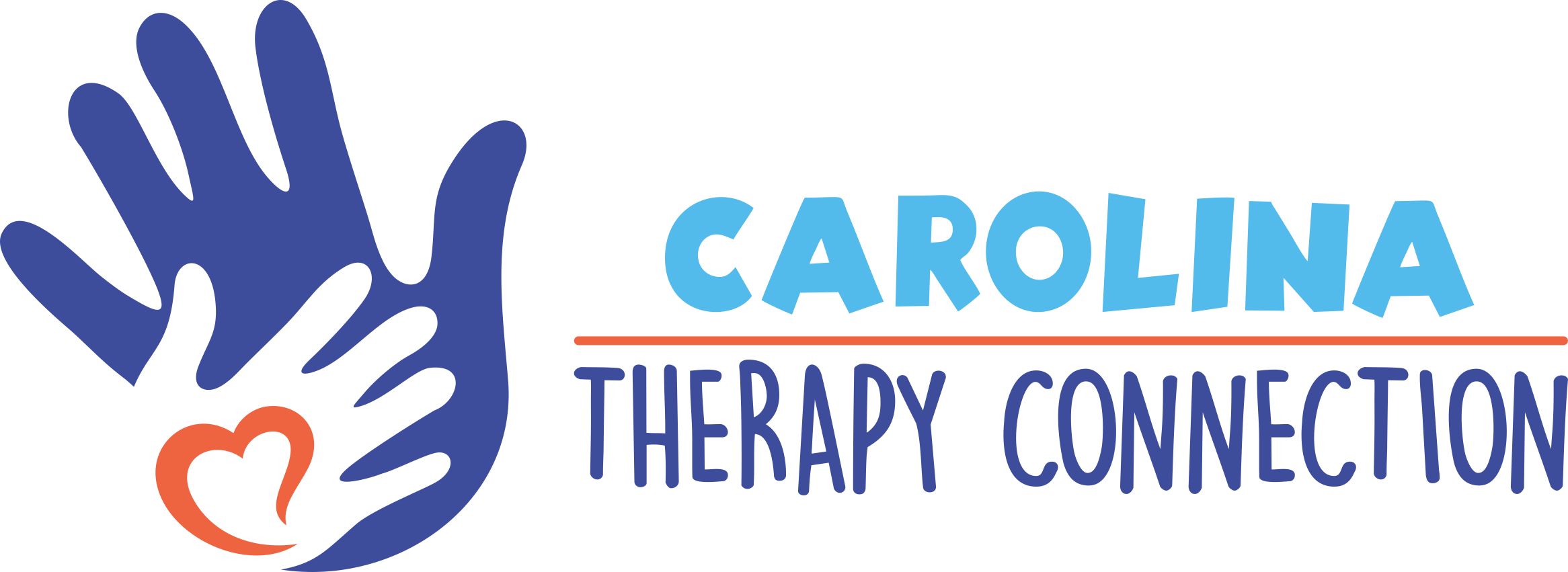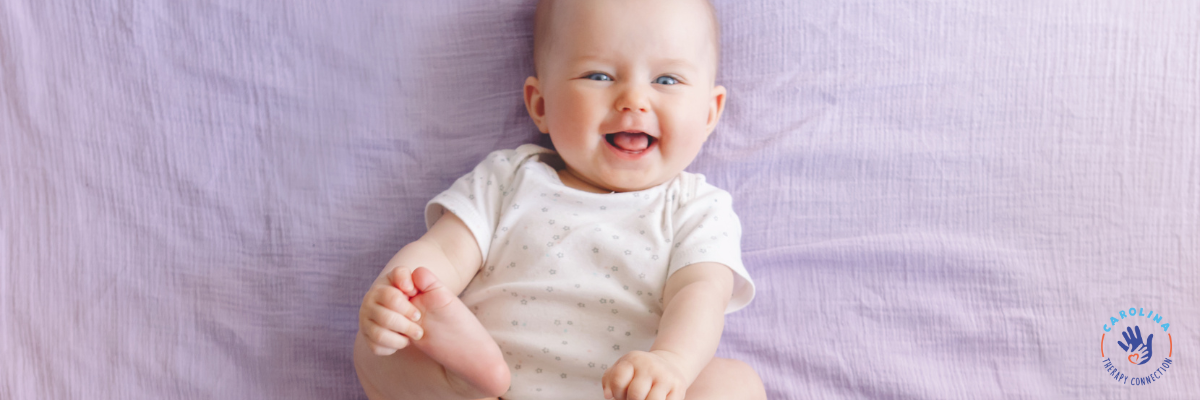What Is Torticollis in Babies? A Parent’s Guide to Causes, Signs, and Treatment
Have you ever noticed a baby tilting their head to one side and having trouble turning it the other way? This might be a condition called torticollis! It’s a big word, but don’t worry—we’re here to break it down in a way that’s easy to understand.
Torticollis happens when a muscle in the neck, called the sternocleidomastoid (say that three times fast!), becomes tight or shorter on one side. This makes it hard for a baby to turn their head. Some babies are born with it, while others develop it after birth.
What Causes Torticollis?
There are several reasons why torticollis can occur. Some babies have it at birth because of how they were positioned in the womb or if there was limited space for them to move around. At other times, babies can develop torticollis if they spend too much time in one position, such as in a car seat, crib, or if they receive one-sided feedings.
How Can You Tell If a Baby Has Torticollis?
Here are some signs to look out for:
- The baby’s head tilts to one side.
- The baby has trouble turning their head in both directions.
- The baby prefers looking one way more than the other.
- There may be a small lump in the neck (like a tiny bump under the skin).
How Can Physical Therapy Help?
The good news is that torticollis is very treatable, especially when caught early! A pediatric physical therapist can help by teaching parents special exercises to stretch and strengthen the baby’s neck muscles. These exercises can help the baby move their head more easily and develop their muscle balance. Some helpful treatments include:
- Gentle stretching exercises.
- Fun tummy time activities to strengthen neck muscles.
- Positioning tips to help the baby turn their head both ways.
What Can Parents Do at Home?
Parents play a significant role in helping their little one! Here are some easy things to try at home:
- Tummy Time: This helps babies build strong neck and shoulder muscles.
- Switch It Up: Change the direction your baby faces when sleeping, feeding, or playing.
- Play with Toys: Hold colorful or noisy toys on the baby’s weaker side to encourage them to turn their head.
When Should You See a Therapist?
If you notice signs of torticollis in your baby, it’s a good idea to check with a doctor or pediatric physical therapist. Early treatment can make a big difference and help your baby grow strong and happy!
At Carolina Therapy Connection, our physical therapy team is dedicated to helping little ones reach their full potential. If you have concerns about your baby’s neck movement, we’re here to help with fun, practical therapy sessions. Contact us today to learn more!



